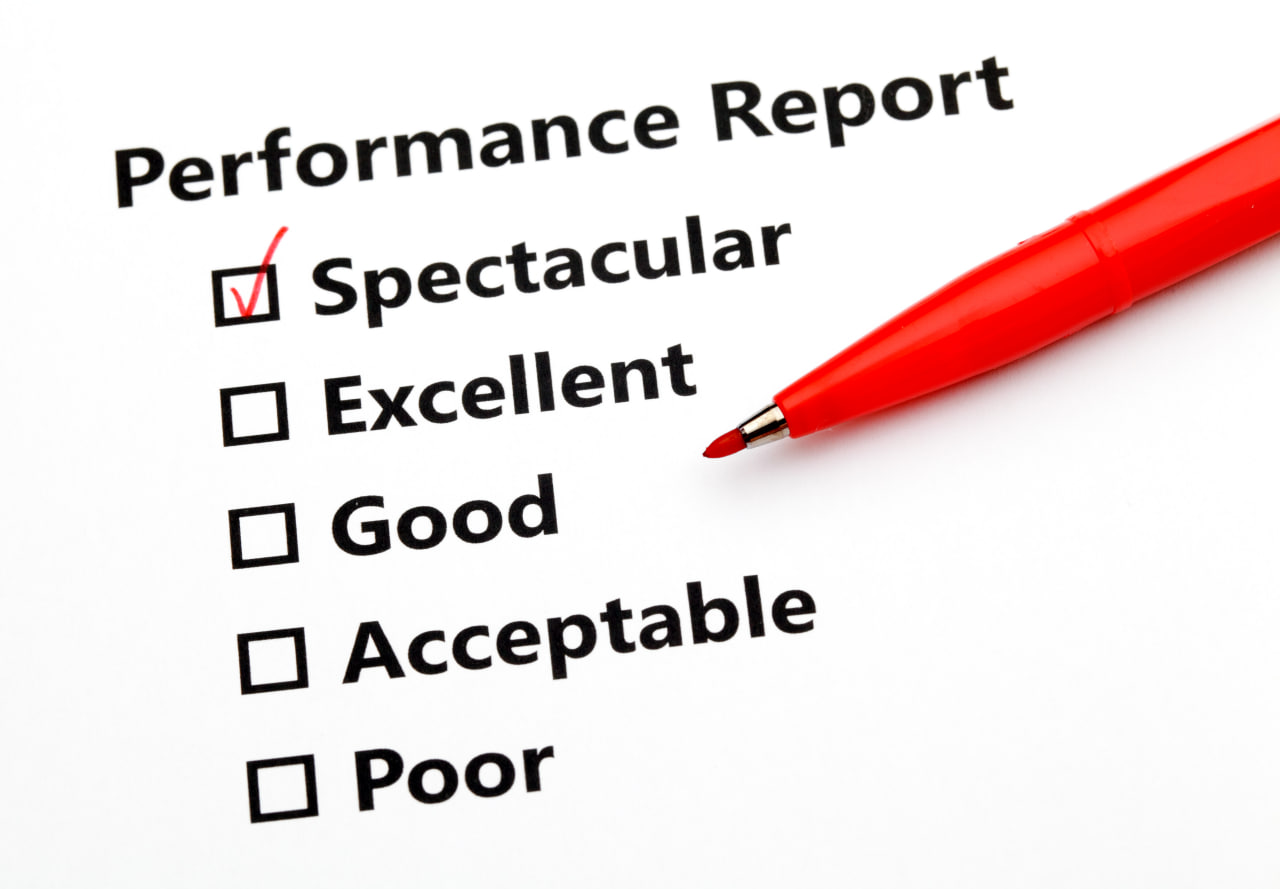How to Unlock Your Peak Performance in Business: A Guide to Maximizing Success with Email Marketing
Introduction: In today’s fast-paced business environment, achieving peak performance is essential for staying ahead of the competition. It requires not only hard work and dedication but also smart, data-driven strategies. One of the most powerful tools for unlocking peak performance is email marketing. Through targeted, personalized email campaigns, businesses can maximize their reach, enhance customer relationships, and drive sales. In this guide, we’ll explore how you can leverage email marketing to unlock peak business performance and achieve sustainable growth.
1. The Importance of Peak Performance in Business
Achieving peak performance means running your business in the most efficient, effective, and consistent way possible. It’s about getting the best results from every action, whether it’s marketing, product development, or customer service.
Key Elements of Peak Performance:
- Efficiency: Reducing waste and maximizing output through streamlined processes.
- Focus: Prioritizing the right tasks that lead to growth and success.
- Consistency: Continuously improving and maintaining high standards.
- Adaptability: Staying flexible and adjusting strategies as the market changes.
To truly unlock peak performance, you need a clear strategy that aligns with both your short-term and long-term goals. Email marketing is an indispensable component of this strategy, offering high returns with minimal investment.
2. How Email Marketing Fuels Business Success
Email marketing has long been hailed as one of the most cost-effective ways to communicate with potential and existing customers. According to recent studies, for every $1 spent on email marketing, businesses can expect an average return of $42.
Here are the key ways email marketing boosts business performance:
Benefits of Email Marketing in Business:
- Cost-Effective: Minimal cost compared to traditional advertising methods.
- Targeted Communication: You can segment your audience and send personalized, relevant content.
- Customer Engagement: Building long-term relationships with subscribers through regular interaction.
- Scalability: As your business grows, email marketing can easily scale with it.
Email marketing’s ability to directly engage with a highly-targeted audience allows businesses to significantly increase their chances of conversion and revenue.
3. How to Maximize Your Email Marketing Performance
To reach your peak performance in business through email marketing, you must develop an optimized, consistent strategy. Here’s how you can do that:
a. Build an Engaged Email List
The foundation of any successful email marketing campaign is a strong, engaged email list. The quality of your list matters far more than the quantity.
- Use Opt-In Forms: Add opt-in forms to your website and landing pages. A well-crafted lead magnet (e.g., free ebook, checklist, or discount) encourages sign-ups.
- Segment Your Audience: Break your list down into specific groups based on demographics, behaviors, or purchase history. This allows for more personalized, relevant content.
- Incentivize Sign-Ups: Offer discounts, freebies, or exclusive content to encourage people to subscribe.
b. Craft Compelling Email Content
Content is king. Whether you’re sending a product offer or an informative newsletter, your email content needs to grab attention and provide value.
- Personalization: Use the recipient’s name, past purchase behavior, or browsing history to make the email feel personal.
- Clear Call-to-Action (CTA): Always include a clear, compelling CTA telling your audience what action to take.
- Engaging Content: Offer something valuable in every email, whether it’s an exclusive deal, useful information, or a behind-the-scenes look at your company.
c. Optimize for Mobile Devices
With more than half of all emails being opened on mobile devices, optimizing your emails for mobile is essential.
- Responsive Design: Make sure your emails look great on any screen size.
- Short Subject Lines: Mobile screens cut off long subject lines, so keep them short and compelling.
- Readable Fonts: Use larger fonts and simple layouts for easy readability.
d. Automate Your Email Marketing
Email automation allows you to set up campaigns that run automatically, saving you time and ensuring consistency. Common automation includes:
- Welcome Series: Automatically send a series of emails to new subscribers introducing your business.
- Abandoned Cart Emails: Remind customers of their abandoned shopping carts to recover lost sales.
- Follow-Up Sequences: Create automated sequences that nurture leads through the sales funnel.
e. Analyze and Improve Performance
Tracking key metrics allows you to refine your strategy over time.
- Open Rates: Monitor your email open rates to see how well your subject lines are performing.
- Click-Through Rates (CTR): Track the percentage of people who click on links within your email to gauge interest.
- Conversion Rates: Measure the percentage of recipients who take the desired action (e.g., make a purchase).
- A/B Testing: Test different subject lines, CTAs, or email designs to see what resonates best with your audience.
4. Real-Life Case Study: How Email Marketing Transformed XYZ Company’s Business Performance
Background: XYZ Company, a mid-sized eCommerce brand, was struggling to break through in a competitive market. Despite offering high-quality products, their email campaigns were inconsistent, lacked personalization, and didn’t generate the desired customer engagement. The company had limited knowledge of email automation and wasn’t fully optimizing its campaigns.
Challenge: XYZ Company faced a high cart abandonment rate, low email open rates, and stagnant customer engagement. They needed to unlock the full potential of email marketing to drive sales, improve customer retention, and build long-term relationships.
Solution: The company invested in an end-to-end email marketing strategy, focusing on the following actions:
- List Segmentation: They segmented their email list based on demographics, past purchases, and browsing behavior.
- Personalized Campaigns: Emails were personalized with dynamic content, product recommendations, and special offers based on the subscriber’s previous activity.
- Automation: The company set up a series of automated email sequences, including welcome emails, abandoned cart reminders, and post-purchase follow-ups.
- Mobile Optimization: All emails were optimized for mobile devices, ensuring a seamless experience for customers on the go.
- A/B Testing: The marketing team conducted A/B testing on subject lines, CTAs, and content formats to improve open rates and engagement.
Results: After six months of implementing these changes, XYZ Company saw remarkable improvements in their email marketing performance:
- Open Rates: Increased by 35%.
- Click-Through Rates (CTR): Rose by 50%.
- Conversion Rates: Increased by 40%.
- Customer Retention: Saw a 30% improvement in repeat purchases.
The results were a significant boost to their bottom line, demonstrating how an optimized email marketing strategy can transform a business’s performance.
5. Frequently Asked Questions (FAQ)
Q1: How long should my email campaigns be? A1: Keep your emails brief but engaging—aim for 150-200 words. Focus on delivering clear, actionable content within a short time frame.
Q2: How often should I send emails to my subscribers? A2: The frequency depends on your business and audience. Start by sending emails weekly or bi-weekly, and adjust based on engagement levels.
Q3: What is the best time to send marketing emails? A3: The best time to send emails depends on your target audience. Generally, Tuesdays, Wednesdays, and Thursdays in the morning or afternoon work well.
Q4: Can email marketing help with customer retention? A4: Yes! Email marketing is one of the most effective tools for retaining customers, nurturing relationships, and keeping your brand top of mind.
Q5: What are some common email marketing mistakes to avoid? A5: Avoid mistakes like ignoring mobile optimization, sending too many emails, failing to personalize, and not tracking key metrics to optimize your campaigns.
Conclusion:
Unlocking peak performance in business is about working smarter, not harder. Email marketing, when done correctly, is a powerful tool to drive growth, improve customer engagement, and increase sales. By building an engaged email list, crafting compelling content, automating campaigns, and continually analyzing performance, you can take your business to new heights and unlock its full potential.






